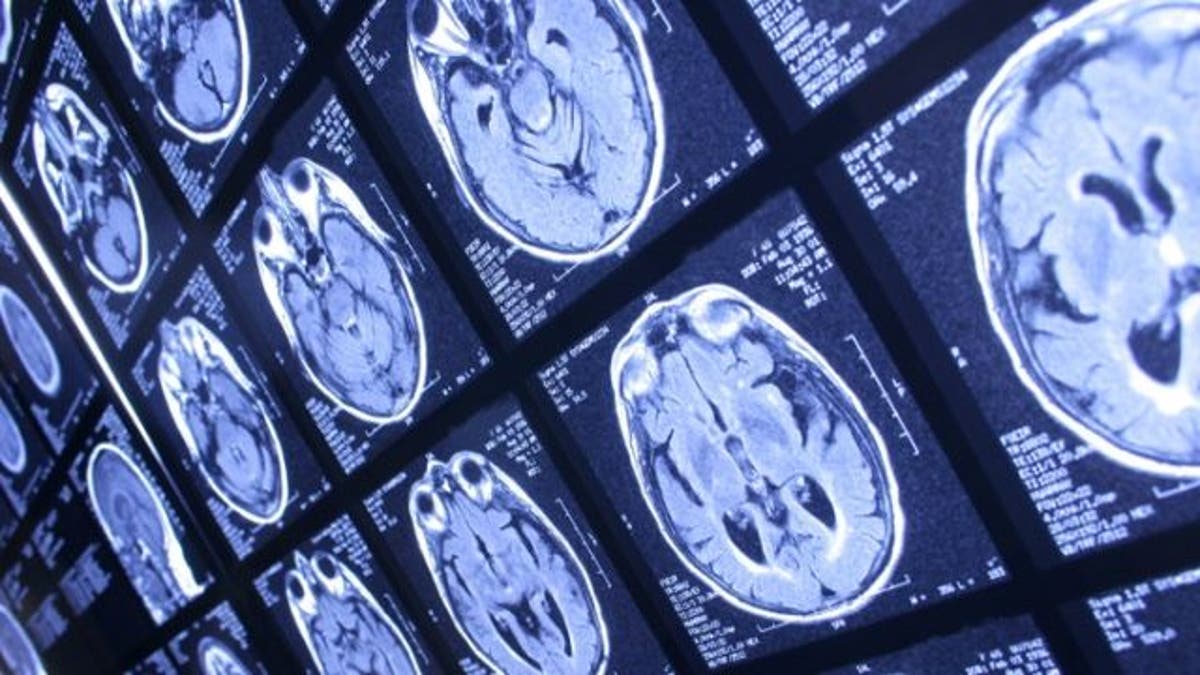MRI scan may help prevent ADHD misdiagnosis
{{#rendered}} {{/rendered}}
Magnetic resonance imaging (MRI) scans may be used to detect a possible biomarker for attention deficit hyperactivity disorder (ADHD)— potentially helping to avoid misdiagnosis of the disorder.
In a new study published in Radiology, researchers identified brain iron— which can be detected through MRI— as a potential biomarker in the diagnosis of ADHD. Currently, ADHD is diagnosed through subjective clinical observations and questionnaires, but having a biological biomarker may help form a clinical diagnosis, which could be beneficial for borderline cases.
“[A biomarker] gives more weight to the ADHD diagnosis, but also more caution to writing the disorder off and blindly prescribing drugs to a child just because he’s rowdy,” study author Vitria Adisetiyo, postdoctoral research fellow at Medical University of South Carolina, told FoxNews.com. “We don’t understand the risk to giving medication to kids who are misdiagnosed.”
{{#rendered}} {{/rendered}}ADHD is a disorder commonly diagnosed in childhood and adolescence. Characteristics of the condition include hyperactivity, difficulty with focus and attention, and controlling behavior. According to the American Psychiatric Association, the disorder affects 3 to 7 percent of school-age children. In 2011, a CDC survey reported that 6.1 percent of children 4 to 17 years of age took ADHD medication.
Currently, ADHD is primarily treated with psychostimulant medications, such as Ritalin, that have been shown to increase the brain’s dopamine levels, therefore reducing ADHD symptoms. However, there is no safe way to measure dopamine levels in the brain. Rather, clinicians prescribe and monitor medication dosage until they find the “sweet spot” for each child, Adisetiyo said.
“It’s almost like a magic formula for each child… like an art more than a science at this point, unfortunately,” she said.
{{#rendered}} {{/rendered}}According to the researchers, there has been a 40 percent increase in ADHD diagnoses in the past decade. While there are no hard statistics on misdiagnosis, Adisetiyo pointed out that some clinicians fail to use the gold standard of diagnosis. For example, some physicians will speak with a child’s parents for only two minutes before making a judgment — leaving room for potential misdiagnosis.
The potential side effects of prescribing psychostimulants to a child who has been misdiagnosed aren’t known.
“Intuitively it can’t be great to modulate a hyperdeveloping brain that early on; we don’t know the risk,” Adisetiyo said.
{{#rendered}} {{/rendered}}For their study, researchers measured brain iron levels in 22 children and adolescents with ADHD and 27 healthy control participants. They found that the 12 ADHD patients who had never been on medication had significantly lower brain iron levels, compared to the rest of the participants.
The 10 ADHD patients who had been on psychostimulant medication had blood iron levels similar to the control group, suggesting their medication may have increased brain iron to normal levels.
Brain iron — which functions differently than iron in the blood — is required for dopamine production. Abnormal brain iron levels have been related to abnormal dopamine levels, which may explain its potential as an ADHD biomarker, Adisetiyo said.
{{#rendered}} {{/rendered}}However, researchers are careful to point out this is a preliminary study, and clinical use of brain iron as an ADHD diagnostic tool is only a possibility for the future. Adisetiyo and her team hope to continue with a longitudinal study, following a child from pre- and post-diagnosis over five to six years, in order to study the effects of medication and observe their brain iron levels.
“We’re trying to just objectify something. It’s not so much about medication, [but] more about making sure diagnosis is more solid moving forward, to give clinicians and parents the right treatment protocol for their child,” Adisetiyo said. “It’s exciting because it leads us down the road to questions to continue to ask.”
